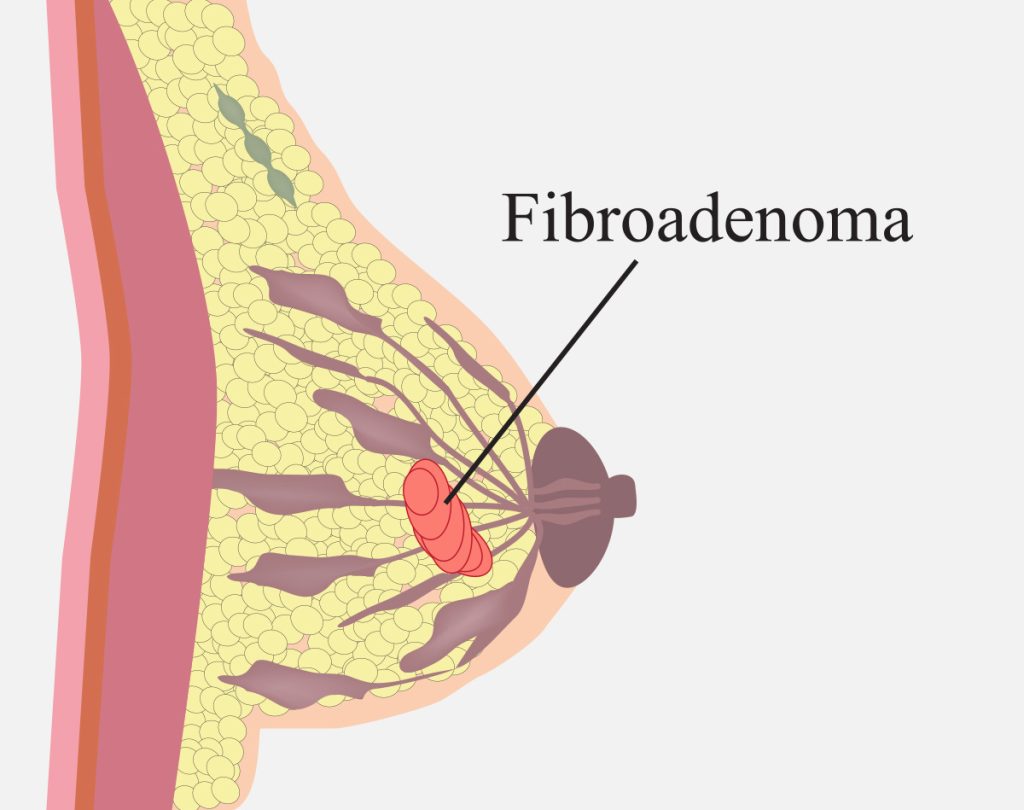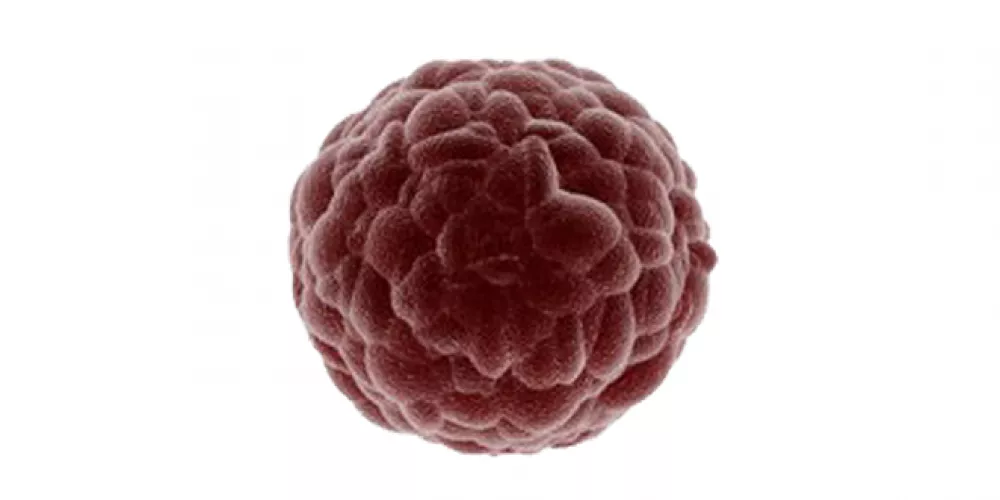Breast
Surgeries

All breast diseases
Breast diseases encompass a wide range of conditions affecting the breast tissue. These can be benign (non-cancerous) or malignant (cancerous), affecting both men and women, although breast cancer is much more common in women.

Fibroadenoma
Fibroadenomas are benign (non-cancerous) breast tumors commonly found in young women. They are composed of glandular and fibrous breast tissue and are typically smooth, firm, and easily movable under the skin. Fibroadenomas are hormone-sensitive and may fluctuate in size during the menstrual cycle. Although they don’t increase the risk of breast cancer, they can sometimes be associated with other breast conditions. Treatment options vary depending on size, symptoms, and patient preference, ranging from observation to surgical removal.

Fibroadenosis
Fibroadenosis, also known as fibrocystic breast changes or fibrocystic breast disease, refers to a benign condition in which the breasts develop lumpy or rope-like tissue due to hormonal fluctuations. It’s quite common and typically manifests as breast pain, tenderness, and non-cancerous lumps or cysts. This condition is not linked to breast cancer but can cause discomfort and concern for those affected. Management often involves reassurance, lifestyle changes, pain management, and in some cases, medications to alleviate symptoms.

Breast abscess
A breast abscess is a painful collection of pus that forms in the breast tissue. It is often associated with bacterial infections, typically caused by Staphylococcus aureus, and can occur during breastfeeding (lactational abscess) or unrelated to breastfeeding (non-lactational abscess).

Breast cyst
A breast cyst is a fluid-filled sac within the breast, commonly found in women, particularly those aged 35 to 50. They are usually benign (non-cancerous) and can vary in size from very small (microscopic) to large enough to be felt and seen through the skin.

Breast cancer treatment and surgeries
Breast cancer treatment involves a combination of therapies tailored to the type, stage, and characteristics of the cancer, as well as the patient’s overall health and preferences. Treatment options can be broadly categorized into local and systemic therapies.